A growing body of research has found that school facilities can have a profound impact on both teacher and student outcomes. For teachers, the quality of their teaching environment can affect recruitment, retention, commitment and effort. For students, school facilities affect health, behavior, engagement, learning and growth in achievement.
A 2014 report for the Victorian Department of Education and Training looked into the drivers of student performance, noting that student socio-economic status, independent schools and teacher quality/satisfaction were all major contributors.
While these are important, this research left out one key factor – a school’s facilities.
Even though, for most parents, a school’s facilities are not usually the highest priority when choosing a school, there are multiple studies that indicate the quality of a school’s physical resources plays a large role in determining student success.
So, how important are a school’s facilities?
Here’s what you should look out for and how to judge each factor for yourself.
Environmental conditions
In 2002, a study by Mark Schneider determined that environmental conditions played a part in student success. These factors were supported by research from Penn State University.
Acoustics and noise
How quiet classrooms are, as well as open spaces, has been shown to impact student performance. Excessive noise was also found to negatively impact teachers and students.
Air quality
The quality of indoor air is a major contributor to absenteeism, especially amongst students with respiratory issues.
Lighting
Artificial lighting has been shown to have a negative impact on students, whereas schools with a lot of natural light can boost morale and reduce off-topic behaviour. One study found that students with the most exposure to natural daylight progressed 20 percent faster in math and 26 percent faster in reading than students who were taught in environments with the least amount of natural light.
Temperature control
The temperature in which a person works affects engagement levels and overall productivity —including student achievement. The Penn State study found that the optimal temperature range is between 20 and 23 degrees celsius.
Key takeaway: When on your next school tour, take note of how you feel in different areas and buildings and ask your child for their opinion on the physical space around them.
School size
Strongly supported by research dating back to the 1990s, school size has been shown to impact student performance – larger schools tend to negatively impact students from low socio-economic backgrounds, while smaller schools often had better rates of attendance, extracurricular engagement, and a sense of belonging. While it is difficult to apply these findings across the board (as there are many large schools who have great student success) it is worth keeping it in mind when searching for a school.
Key takeaway: Enquire about student numbers and the ratio of staff to students. Large schools tend to negate the negative impacts of size by managing the staff to student ratio.
Condition of facilities
This factor affects staff more than students, but the thinking is that teachers’ perceptions of the quality of the facilities impacts their job satisfaction, which indirectly affects student performance.
Key takeaway: Ask teachers for their opinions of the school. While it seems obvious, many parents skip this step and in turn miss out on crucial information. Ask around on your next school tour – if teachers love their work place they will be more than happy to speak to you about it.
So whilst the quality of teaching staff, location and educational philosophies may be higher on your checklist when weighing up schooling options, keep in mind that facilities also play an important role in determining student success.
For more educational insights and news from The Scots College, subscribe to our fortnightly enewsletter.






